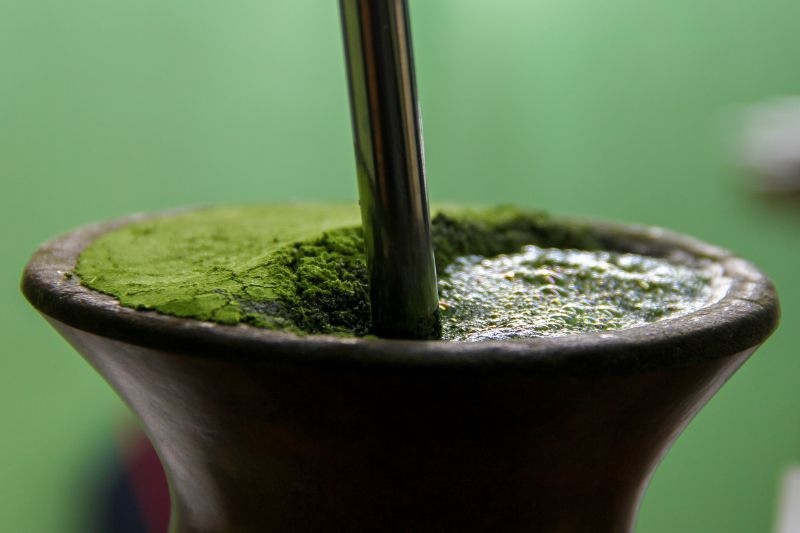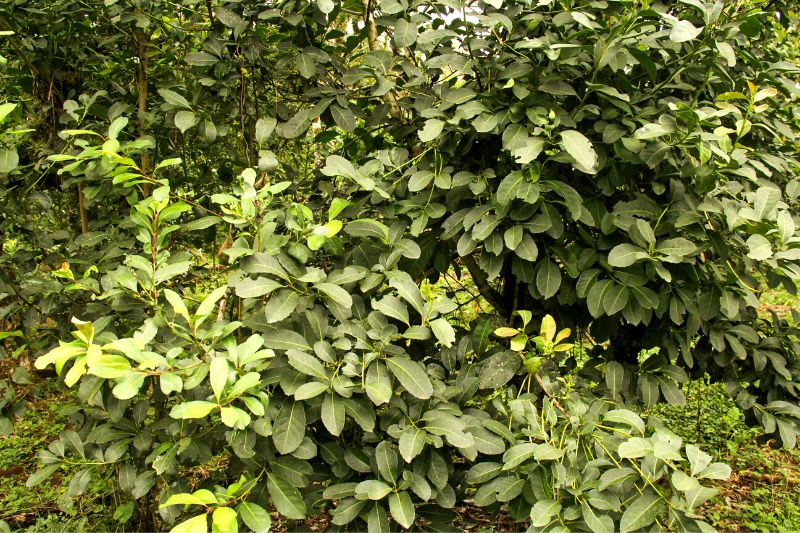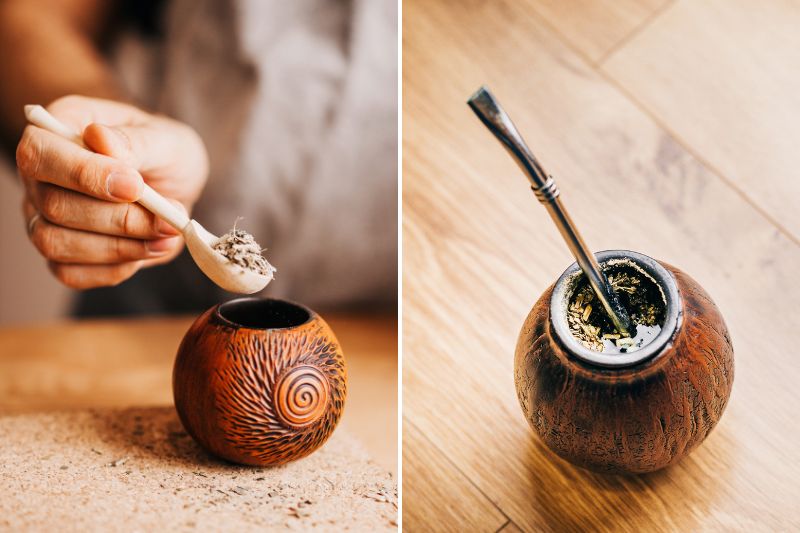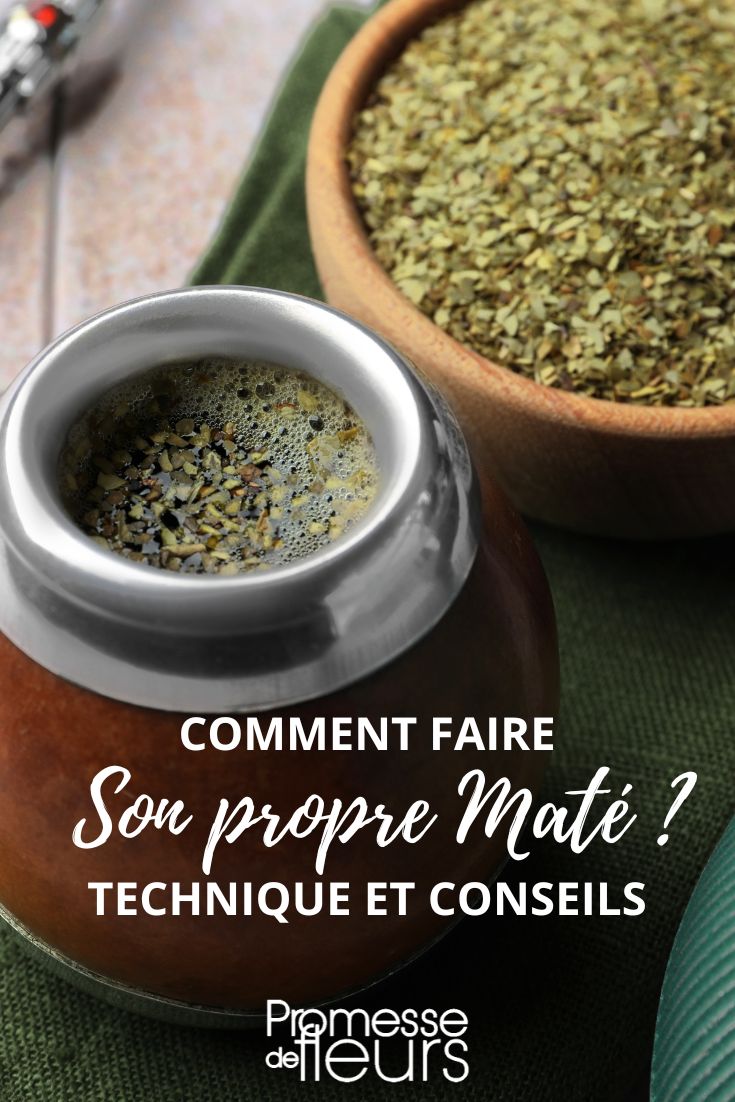Ah, mate! This traditional South American drink makes you feel like a gaúcho (editor's note: a cattle herder) wandering through the Argentine pampas, even if you're simply enjoying your garden. You've heard about the benefits of mate, seen your friends sipping it with their bombilla (a type of metal straw) and calabash, and now you're ready to join the Paraguayan tea brotherhood? Good news! This tutorial guides you step by step to make your own mate. From choosing yerba leaves to preparation, along with tips to savour this ancestral drink, you'll find all the answers to your questions.

Where does mate come from?
Ilex paraguariensis, more commonly known as yerba mate (or "Paraguayan tea" or "Brazilian tea"), is a shrub native to South America, particularly valued in Argentina, Brazil, and Uruguay. This plant is the source of the leaves used to prepare mate, a traditional drink rich in antioxidants, vitamins, and minerals. Primarily cultivated in subtropical regions, Ilex paraguariensis has stimulant properties similar to those of coffee, but it may also offer benefits such as improved concentration.
Its leaves are harvested and then dried, often roasted, before being infused. In addition to its taste qualities, yerba mate is also studied for its potential health effects, particularly regarding weight regulation and the cardiovascular system. The yerba mate market is now expanding globally, and with it, interest in the culture and benefits of this drink continues to grow.
Did you know? Yerba mate is part of the genus Ilex, like common hollies in our flora. The history of mate dates back centuries and is deeply rooted in South American culture. The Guarani Indians are often credited with discovering the stimulating properties of the plant and its use as a drink and medicine. Later, it was the Jesuits in Paraguay who helped develop the cultivation of mate and its spread throughout the South American continent.
Warning! Despite its many health benefits, it is important to note that excessive consumption of mate, especially when consumed very hot, has been associated with certain health risks, including an increased risk of cancers of the mouth, throat, and oesophagus.

How to grow yerba mate at home?
Growing Ilex paraguariensis or "Paraguayan tea" in your garden is an exciting adventure that will allow you to harvest your own leaves to prepare this traditional South American drink.
Yerba mate grows best in warm, humid climates and is only hardy down to -6°C. Therefore, it should be reserved for regions where winters are relatively mild, but it can also be grown in pots to be stored in a cold greenhouse during winter. The soil must be well-drained (yerba mate likes moisture but fears standing water) and rich in organic matter. A slightly acidic to neutral pH is ideal for this plant. Finally, this evergreen shrub prefers partial shade.

How to harvest and dry mate leaves?
The harvesting of leaves is done by hand or with a small pair of garden scissors between May and October. Choose the most mature leaves, which are darker and rich in nutrients and flavours.
For drying, spread the leaves in a single layer on a flat surface, such as a table or tray, covered with absorbent paper. Ensure that the space is well-ventilated, as good air circulation is crucial for even drying. Avoid placing the leaves in damp or poorly ventilated areas, as this could encourage mould and compromise the quality of your mate.
The time required for the leaves to dry completely can vary depending on atmospheric conditions, but generally expect a few days to a week. You will know that drying is complete when the leaves become brittle and take on a greenish to light brown hue. If you wish to intensify the flavour, you can also opt for a light roasting using a low-temperature oven, between 90 and 110°C for about 30 minutes.

How to enjoy your own mate?
Even though you can prepare your mate simply by throwing a few leaves into a tea strainer and pouring a cup of boiling water over it (I regret to admit that this is my personal technique...), you can also take care to prepare and enjoy your Paraguayan tea in a traditional way. For this, you will need a calabash, the traditional cup used to consume mate, as well as a bombilla, the metal straw specifically designed to filter the drink.
Start by filling the calabash with your dried yerba mate leaves to about half or two-thirds full. The amount depends on your personal preferences and the size of your calabash. Tilt the calabash slightly so that the leaves pile up on one side, which facilitates the infusion process. Then pour a little warm water (20-30°C, no more) over the leaves to activate them. Wait a few moments to allow the leaves to hydrate and release their distinctive aromas.
Now, it's time to add hot water, ideally at a temperature of 70 to 80°C. Insert the bombilla into the calabash, ensuring it rests on the side of the leaves. You are now ready to enjoy your own yerba mate. Feel free to add hot water as you consume, as the leaves can be infused multiple times.

Necessary equipment for harvesting and drying
- Pruning shears or garden scissors: sharp and disinfected
- Tray, wooden board, grid...: a flat surface (preferably made of natural materials) for drying
- Oven (optional): for possible roasting of the leaves.
































Comments